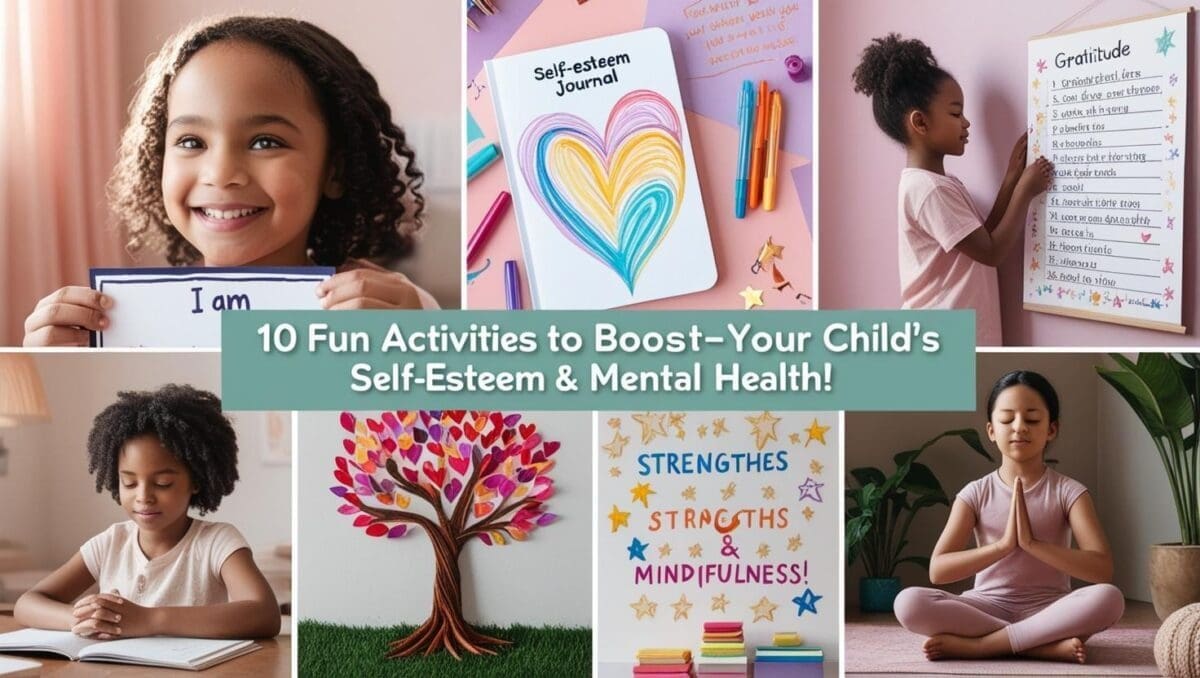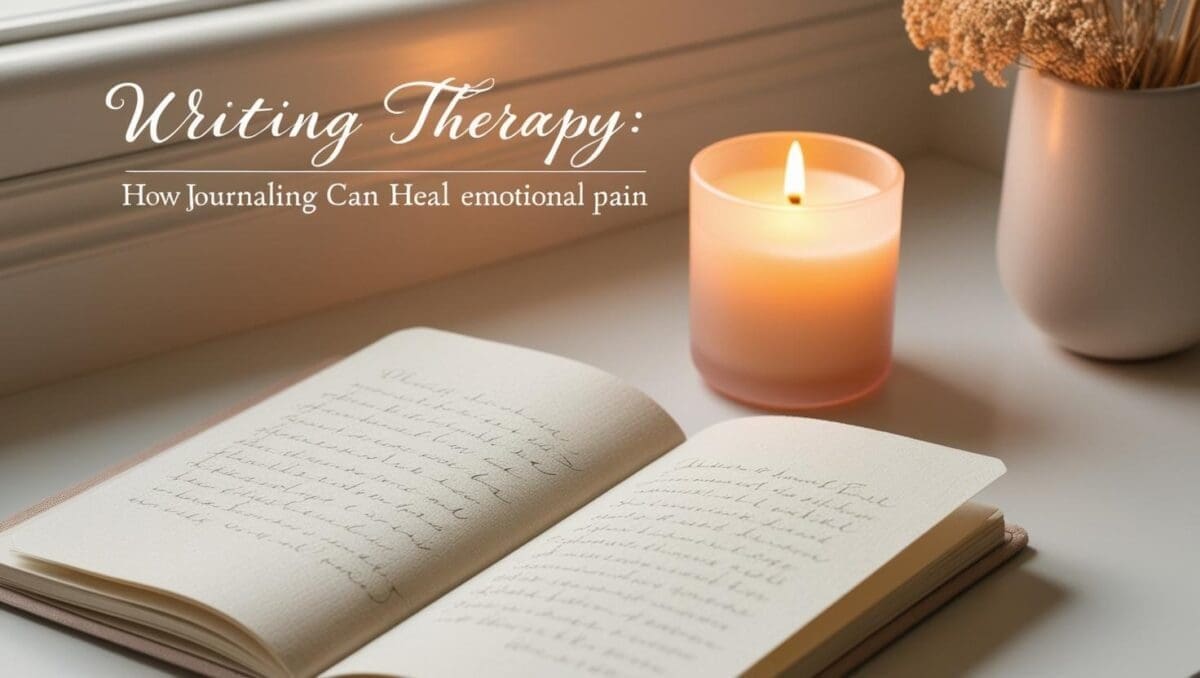Healing often feels elusive. When we’re grappling with emotional pain—heartbreak, loss, stress, or anxiety—finding a path toward well-being can seem like navigating a labyrinth. Across history, human beings have turned to various methods for healing their psychic and emotional wounds: talk therapy, meditation, physical exercise, and, more recently, emerging fields like art therapy or music therapy. Among these, one particularly accessible and powerful tool stands out: writing therapy.
Writing therapy harnesses the simple yet profound act of putting pen to paper (or fingers to keyboard) to process emotions, discover hidden layers of ourselves, and ultimately foster healing. This practice can be formal, such as in a clinical setting with a trained therapist, or it can be pursued independently as a self-guided journey.
In this multi-part article, we will explore the rich tapestry of writing therapy: how it originated, the scientific research that underpins its benefits, practical techniques you can try on your own, and how it can lead to profound emotional healing—even when other methods have failed. By immersing yourself in these insights, you’ll find that writing therapy can become more than just a coping mechanism; it can be a transformative process that heals the heart.










